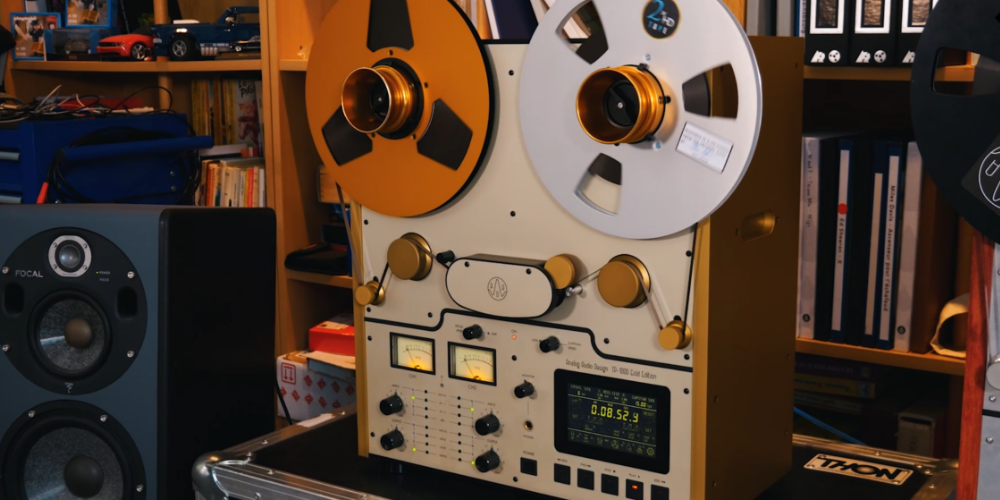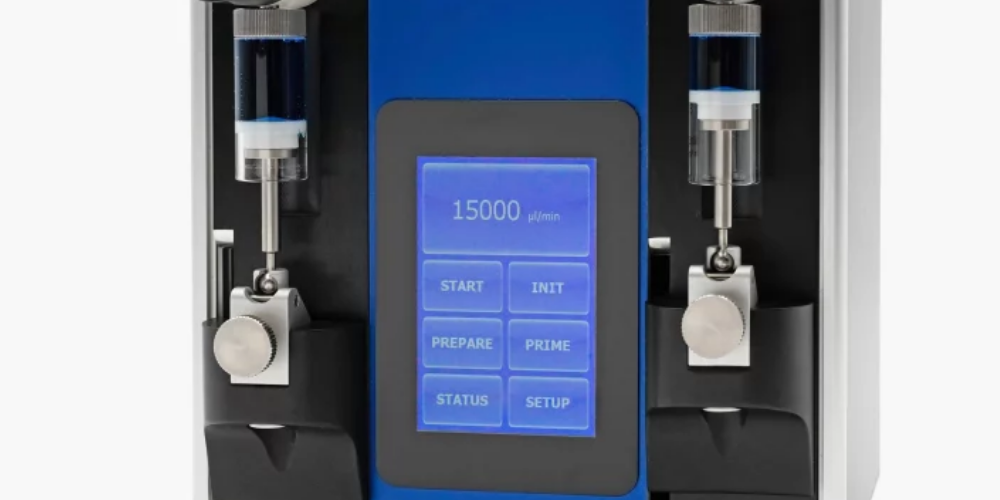
Idea
One of our customers decided to take model-making to the next level.
Based in New York, USA, Carl Darby set out to create a scale model of the EVA Pod from the Movie 2001: A Space Odyssey – a 1968 epic science fiction film produced and directed by Stanley Kubrick. Not content with simply backlighting the panels, he wanted the panels to be animated just as they did in the film.
Using the 1:8 scale model kit from Moebius, Darby needed to find small enough LCD screens that he could program and add into his model to replicate exactly the video screens seen in the movie.
He’s documented his progress on his social media pages and hopes to share the process with others so that they can do the same.

Image: Inside 2001: A Space Odessy EVA Pod
– Solution Design –
The EVA Pod has 6 screens in total, 2 screens in the centre and 2 on each side.
Ideally wanting to use the 0.96″ micro OLED Display for all 6 screens, Darby was restricted by the model’s panel area and was only able to use the UOLED-96-G2 for the 2 centre screens. The 4 side screens required a slightly larger display area than the 1.7 inch, for which he used 1/8 inch generic tfts.
“It was a shame about the model’s side screen size restriction as I would have liked to use the UOLED-96-G2 for all 6 screens. Having the onboard video processor and microSD card included on the screen’s board means they are very compact. The programming software is very intuitive and easy to use – especially compared to the Arduino programming I had to use for the side screens. The side screens need a circuit board and a separate Arduino Uno to control them. It’s not ideal when trying to create a kit & instructions for others to use” Darby explains.
For the 2 front screens, Darby programmed the animations using the 4DGL graphics function and saved them onto his micro-SD card, which was then read directly by the unit’s on-board micro-SD memory card adaptor.
“As I was coming across programming and technical questions, I’d reach out to 4D Systems team via the support forum and was always able to get an answer to move forward with the project. For example, the 2 front screens play a 2-minute clip on a loop. One of the 4D Systems forum moderators made a program for me so each time you power on the screens they play one of 3 videos” Darby continues.

Image: Keir Dullea as David Bowman
– Outcome –
Recording the model development’s progress on his social media pages, the 6 video panels display in colour and refresh for new charts and text displays.
But not everything was smooth sailing.
Darby had to design a power supply that could be completely enclosed within the model as well as design & 3D-print parts that would match each of the 6 screens to the EVA Pod kit.
“This project showed me how easy 4D Systems products are to use. Unlike the front screens, the generic tft’s I used for the side screens needed a circuit board and a separate Arduino Uno to control them. The SD card on the genetic tfts had resistors in, which slowed the data transfer so I modified them and had to make a custom circuit board to allow a fast enough frame rate to play videos. You can see why I would have preferred to use UOLED-96-G2 for all screens” jokes Darby.

Image: Carl Darby’s model EVA Pod

Image: The original EVAPod
Table of contents
Subscribe to our newsletter
Latest Case Studies

This case study unveils a practical application of embedded innovation, highlighting the process and outcomes of upgrading legacy systems in a technology-focused product line. Through strategic technological integration, the project not only uplifted product performance but also markedly improved customer satisfaction levels. The subsequent pages delve into various strategic and operational enhancements made, providing readers with a nuanced understanding of the concrete impacts and subtleties involved in a real-world, engineer-led embedded innovation initiative. A testament to blending traditional systems with modern innovation.

Duratec, specializing in liquid handling devices for various industries, aimed to simplify the control interfaces of their new product line. Partnering with 4D Systems, they integrated a touch display module enhancing user-centricity and operational efficiency. This transition replaced outdated control panels with an intuitive, modern interface without compromising on control capabilities via the RS232 interface. Three new devices were launched, improving user interactions through user-friendly touch displays, showcasing Duratec's commitment to innovation. This collaboration allowed for more straightforward control, monitoring, and interaction with Duratec's devices, ensuring a better user experience and meeting industry demands.

In the challenging process of creating an advanced 3D printer, BCN3D encountered an unexpected difficulty: finding an appropriate, user-friendly display module. Despite initial struggles, BCN3D discovered the solution in 4D Systems’ gen4 display modules. These modules offered superior resolution, processing power, and flexibility. Key to BCN3D's decision was the modules' easy integration via a serial connection and the Arduino-compatible library into their firmware. For its Sigma R17 3D printer, BCN3D upgraded to the gen4-ULCD-35DCT-CLB, a 3.5-inch Intelligent TFT-LCD display module with capacitive touch, further enhancing the user experience. The gen4 series of intelligent display modules perfectly matched BCN3D's requirements, offering innovative solutions in the sophisticated 3D printing space.

